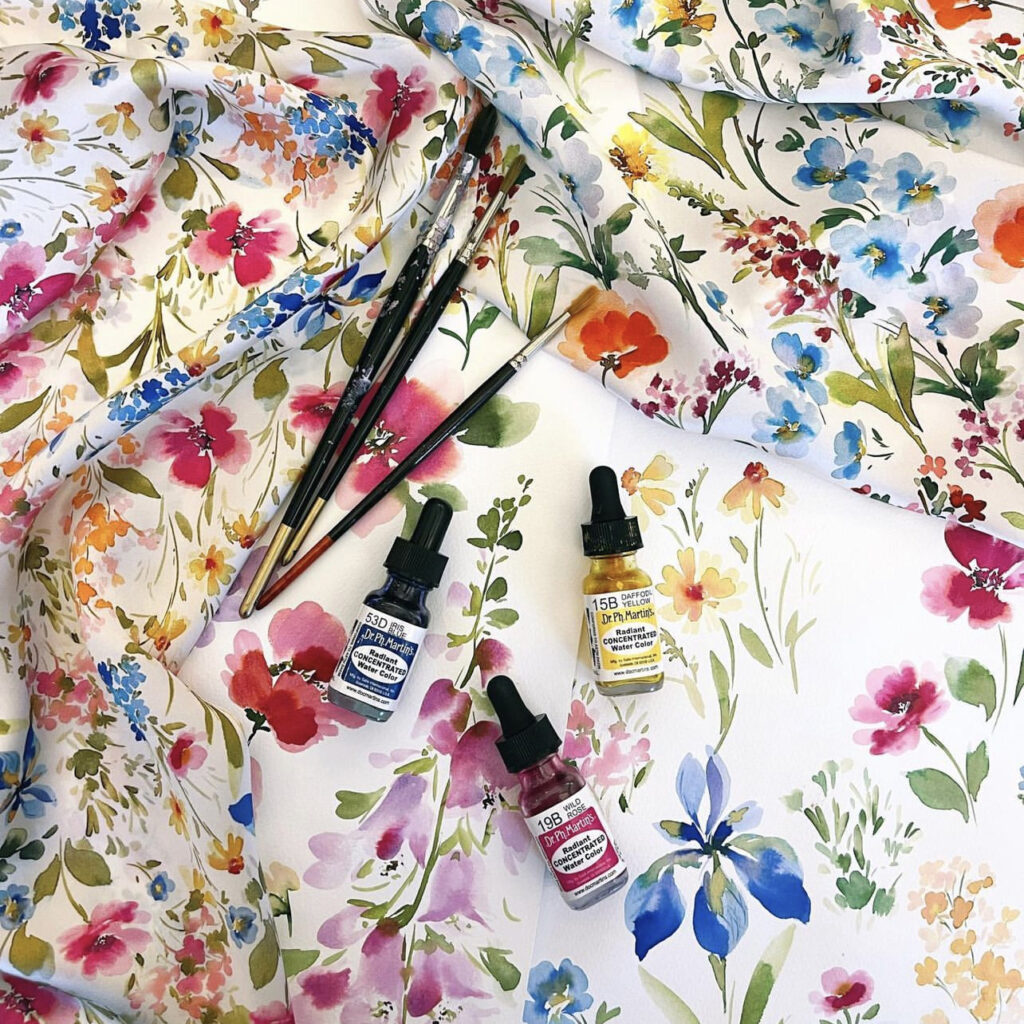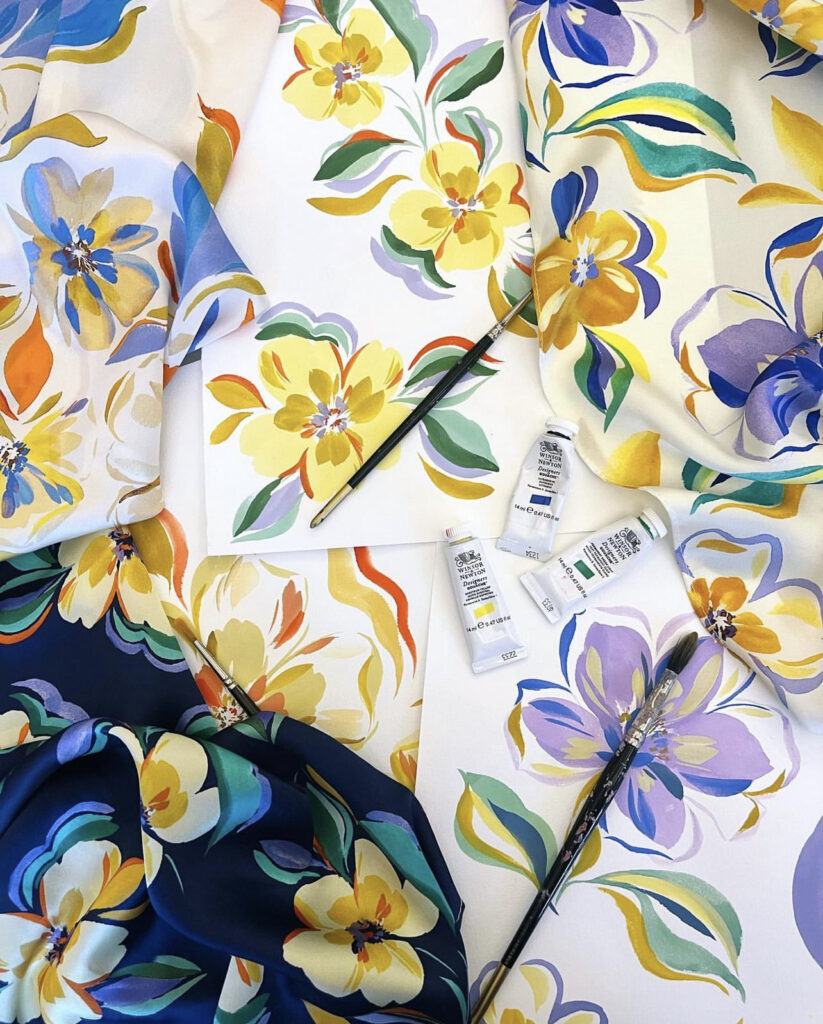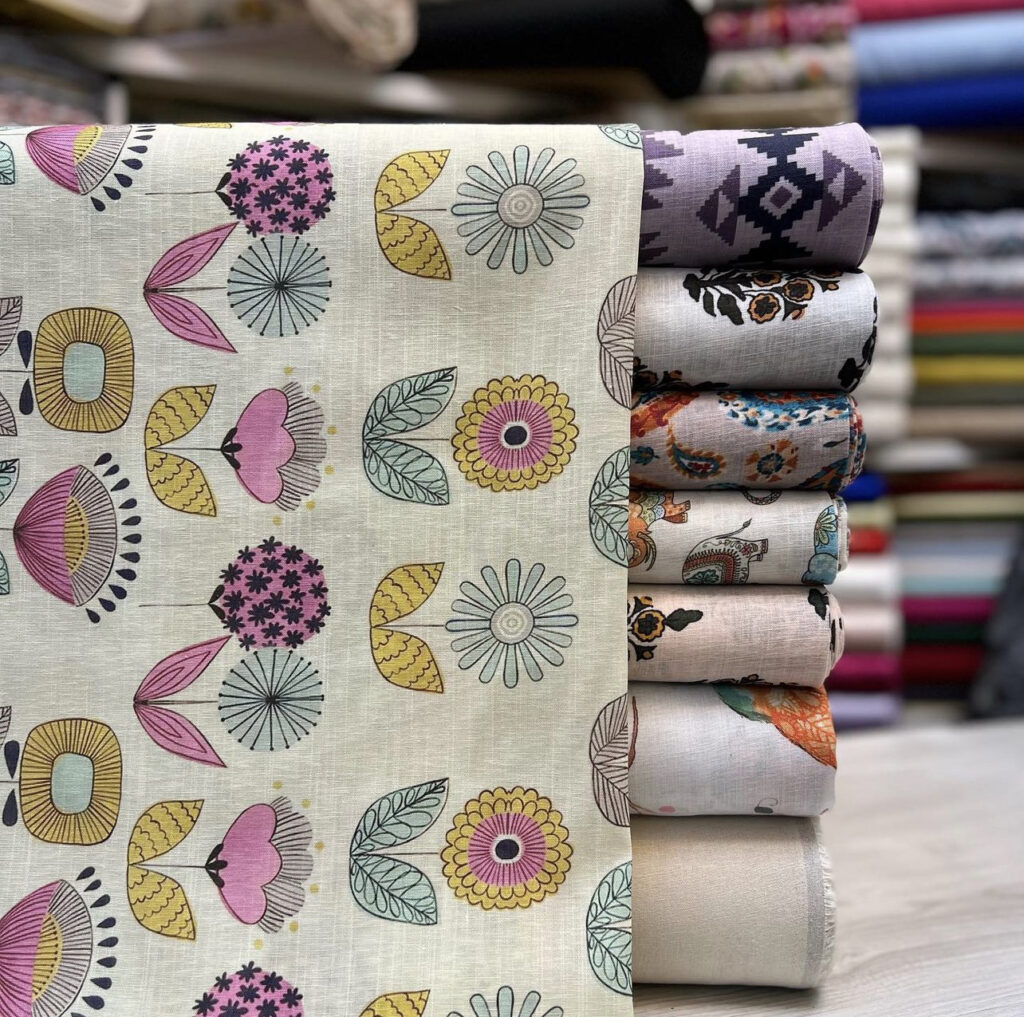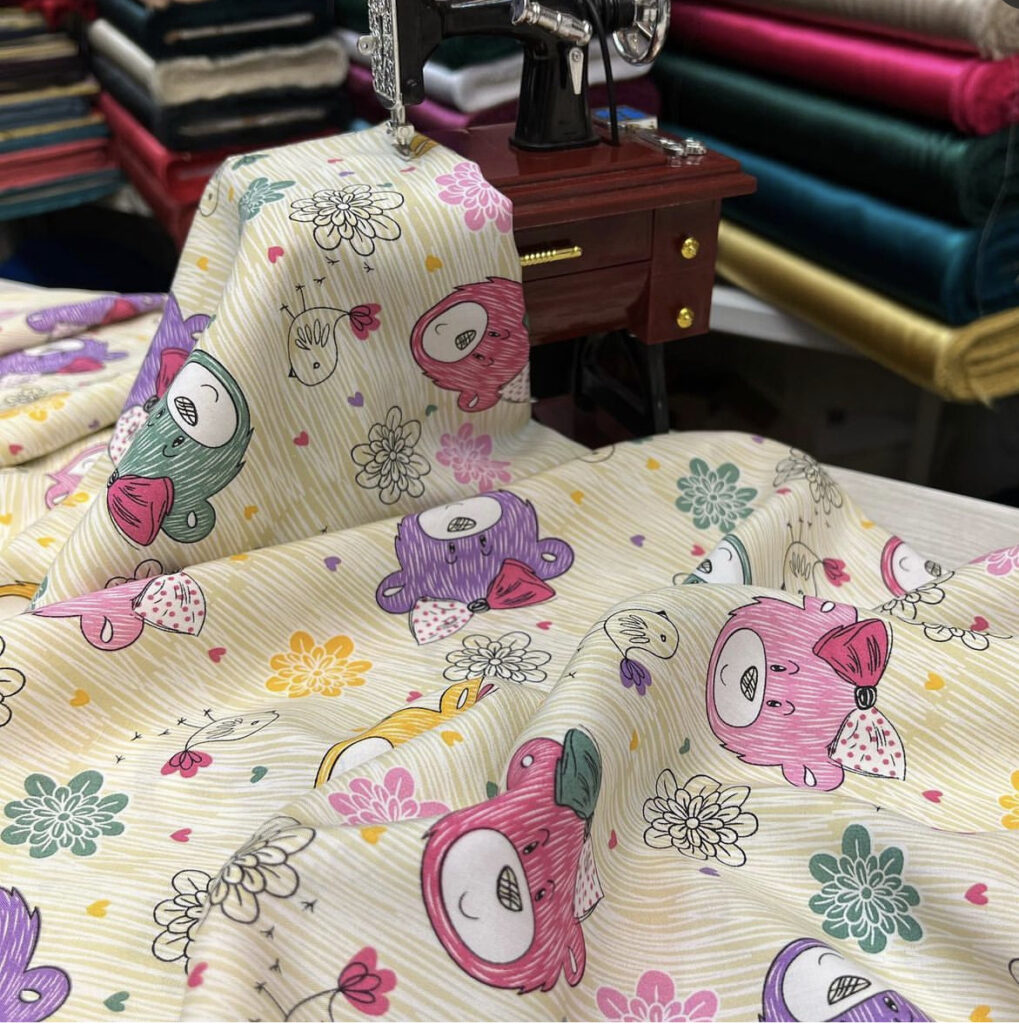Pas
- Define your niche – Determine what sets your brand apart from others and who your target audience is.
- Develop a business plan – Create a comprehensive business plan that includes financial projections, marketing strategies, and operational plans.
- Establish your brand identity – Create a brand name, logo, and visual identity that aligns with your niche and target audience.
- Create your product line – Design and produce a collection of products that align with your brand identity and meet the needs of your target audience.
- Launch your business – Host a launch event, create a website and social media presence, and start promoting your brand.
- Grow and scale your business – Continuously evaluate and improve your products, marketing strategies, and operational processes to grow and scale your business over time.

Best Practices
- Prioritize quality – Invest in high-quality materials and production processes to create products that meet or exceed customer expectations.
- Build a strong team – Hire a team of experienced professionals who share your vision and can help you achieve your business goals.
- Foster a positive company culture – Create a positive work environment that values collaboration, innovation, and creativity.
- Embrace technology – Utilize technology to streamline your operations, improve your marketing efforts, and stay ahead of industry trends.
- Focus on sustainability – Consider the environmental impact of your products and processes and take steps to reduce your carbon footprint.

Resources
- Small Business Administration (SBA) – The SBA provides resources and support for small businesses, including business plan templates, financial assistance, and educational programs.
- Council of Fashion Designers of America (CFDA) – The CFDA offers support and resources for fashion designers, including mentorship programs, industry events, and educational opportunities.
- Fashion Institute of Technology (FIT) – FIT offers a variety of educational programs and resources for aspiring fashion designers and business owners, including degree programs, workshops, and industry events.
- Entrepreneur – Entrepreneur is a leading resource for small business owners, providing articles, podcasts, and other resources on business strategy, marketing, and innovation.

Conclusion
Building a successful fashion business takes time, effort, and a strong understanding of the industry. By following these steps, best practices, and utilizing resources such as the SBA, CFDA, FIT, and Entrepreneur, you can increase your chances of success and achieve your business goals. Remember to stay true to your brand identity, prioritize quality, build a strong team, and embrace technology and sustainability in order to stand out in the competitive fashion industry.

FAQ
- Do I need a degree in fashion to start a fashion business?
No, a degree in fashion is not required to start a fashion business. However, it can be helpful to have a background in design or business.
- How do I find suppliers for my fashion business?
You can find suppliers through online marketplaces, trade shows, or by networking with other fashion professionals.
- What is the best way to market my fashion business?
The best way to market your fashion business will depend on your target audience and niche. Social media, influencer marketing, and events are all effective marketing strategies for fashion businesses.
- How can I stay on top of fashion industry trends?
Reading fashion publications, attending industry events, and networking with other fashion professionals can help you stay on top of industry trends.
- What should I include in my fashion business plan?
Your fashion business plan should include a description of your brand, target audience, products, marketing strategies, financial projections, and operational plans. It should also include a SWOT analysis, which outlines the strengths, weaknesses, opportunities, and threats facing your business. Finally, your business plan should include a timeline for launching and growing your business, as well as a plan for measuring success and adjusting your strategies as needed.
























